|
By Maura Selenak Kindergarten Teacher, Harborview School It’s January and I’m sitting at the carpet with a group of kindergartners. “Why do you think the character in the story said that? What was she thinking?” Hands shoot into the air- “I’ve built a snowman before!” “My mom read this book to me before.” “Can I go to the bathroom?” They are eager to share their experiences and what they know to be true. However, urging a group of five and six year olds to perspective take-- whether we’re reading a book, or I’m asking a child to think about his friend’s point of view when they’re having a disagreement-- can be hard. Perspective taking is the ability to take the perspectives of others and apply it to your interactions with them. It is something that we work on over the course of the entire year in kindergarten. When my Art Lab group chose to experiment with the Step Inside Artful Thinking Routine, I was intimidated. Choose a person, object or element in a piece of artwork, and step inside that point of view. Consider: what can the person/object perceive or feel? What might the person/thing know about or believe? What might the person/thing care about? I worried that this thinking routine would be too abstract for my kindergartners, or that they wouldn’t be interested. Boy was I wrong. This routine was so successful on the first try that I came back to it again and again for the remainder of the year. Each time I was blown away by the students’ insights, responses, and eagerness to share. What did this thinking routine look like in the classroom? Snapshot 1: Our Day-Old Chick For this thinking routine, we used an image of a chick that had just hatched in our classroom. Some of the students’ thinking was recorded on a poster during the thinking routine: Snapshot 2: Friendship This thinking routine happened toward the end of a read aloud of Timothy Goes to School by Rosemary Wells. In the story, Timothy is excited to go to school but when he gets there, Claude tells him he is wearing the wrong thing day after day. We paused at an image of Timothy and I asked students to “Step Inside” and pretend that they were Timothy. Some of the students’ thinking was recorded on a poster during the thinking routine. In both of these instances, the students were highly engaged and eager to share their insights. Sharing came from a combination of whole-group discussion and partner talks at the rug. The routines felt successful not only because students were engaged, but because their answers were completely on-topic and revealed their ability to perspective take. I have watched them improve in their ability to do the Step Inside thinking routine as we returned to it time and time again. One of the most powerful aspects of using this routine is that students are able to model this type of thinking aloud for their peers. I am helping to guide the discussion, but the ideas, teaching, and learning is coming from within the students.
Using imagery to prompt young students to perspective take is developmentally appropriate and leads to success. Now that I have been using this routine regularly in class, I see it’s applications everywhere. It can be used to learn about historical figures, during a science lesson (take on the point of view of the leaf, the star, the slug, the raven, a drop of water in the water cycle), before/during/after read alouds, and used to develop social/emotional skills and understanding in students.
0 Comments
Leave a Reply. |
ArtStoriesA collection of JSD teachers' arts integration classroom experiences Categories
All
|
|
|
Artful Teaching is a collaborative project of the Juneau School District, University of Alaska Southeast, and the Juneau Arts and Humanities Council.
|
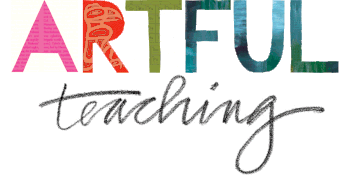
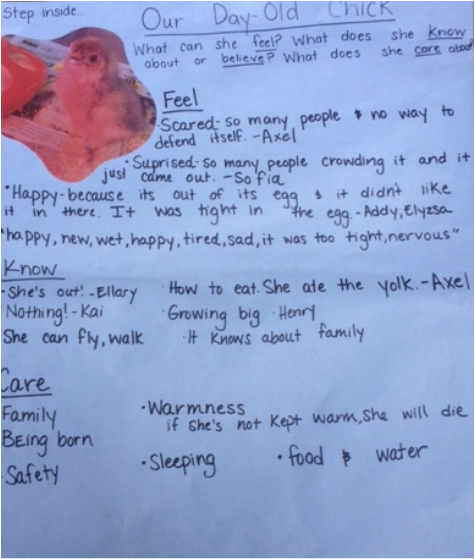
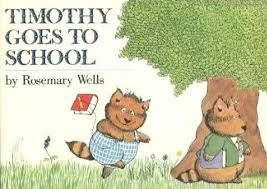
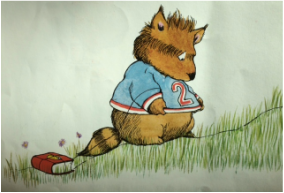
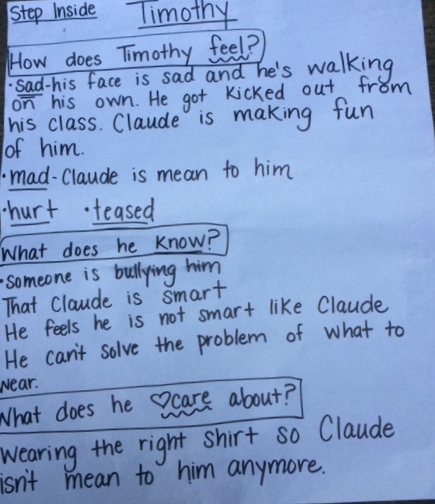
 RSS Feed
RSS Feed